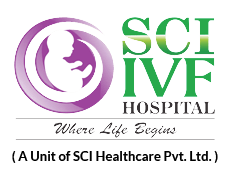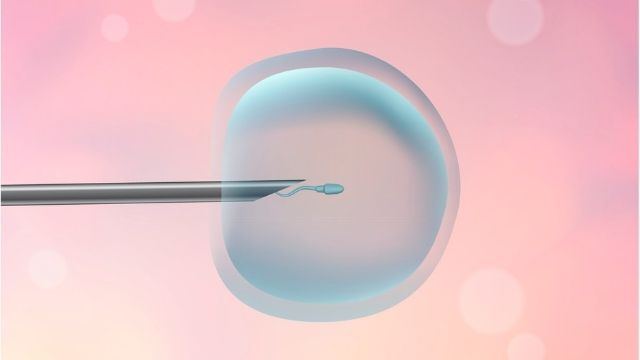Biologist Professor Jacob Hanna from the Weizmann Institute of Science, said that the research could one day be used to grow artificial human embryo-like structures to generate cells for futuristic medical solutions. He foresees a day when sick patients may give skin or blood cells for the growth of artificial embryo-like structures, which could in turn yield the cells needed to grow organs.
Dr Shivani Sachdev Gour, a senior gynaecologist, obstetrician, and IVF expert told ANI that “This is path-breaking work. This throws out the whole concept of needing egg-sperm to make an embryo.”
Dr Gour explained that the synthetic embryo means it was made from the stem cells derived from mice, not an egg or sperm cells.
“This is truly a landmark. The embryo made had a beating heart, brain-like and intestine-like structure. It grew for 8.5 days. The normal gestational period for embryos in mice is 20 days but even to reach 8.5 days sounds like science fiction made a reality,” she added.





